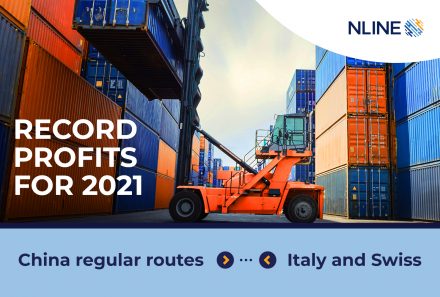
Impact on sea freight prices and predictions for Q3
Covid-19 has tested the world’s strength in every sense of that word. Healthcare is on the first line of this battle, and our thoughts go to medical workers in this dark period of world history.
As expected, this virus caused remarkably unsteady dysfunctions on the economic scene and the global market. A significant number of companies coped well with this unexpected situation and even experienced a rise in sales and profit. Some didn’t have this kind of luck and permanently closed their doors for consumers, and inevitably, the business scene while a high number of firms is still struggling to maintain their work. One of them is the shipping industry and sea freight and air freight consolidation.
Challenges sea freight consolidation and freight forwarders are dealing with and predictions for Q3.
As mentioned before transport has been severely impacted and challenged by this pandemic. It was tough to maintain sea freight prices, but things are looking at least stable if not better at this very moment.
Q3 represents a test for this industry analysis show, but some balance indeed appeared.
London’s shipping alliances have been able to control and sustain the damage that the trading industry encountered. A massive wave of blank sailings has been detected, which shows that companies can adapt fast.
When talking about the third quarter, predictions show that there will be a drop in blank sailings. But there are still significant concerns regarding the cancellation of these sailings. Companies and carriers invested strong effort to maintain sea freight prices. It seems that blank sailings represent a new agent in supporting manageable freight rates that will stick with us till the end of this global pandemic.
The future of sea freight rates
Supply and demand vary daily from one hour to another. These inconsistencies caused a lot of turbulence and sprung out carriers and cargo owners as far as they could go. The freight market showed high resistance and managed to react much better than expected. Although uncertainty still exists, there are a few positive indications regarding the subject.
For example, in 2018, freight forwarders and carriers controlled the prices since the demand was strong. If we compare to the same period in 2020, we will acknowledge lowered charges for shippers.
Now the price is $1.54 per mile in comparison to $1.805 in 2018. It yet remains to see the outcome at the end of this year, and the third quartile (Q3) may be the most significant test shipping industry, as well as freight forwarders, will experience.
One thing is for sure, carriers are currently handling the situation, and rates in specific trades have been rising (25-40%).
There are two possible outcomes considering this situation. If logistics, the shipping industry and sea freight consolidation continue in adapting and applying all necessary measures, a positive result will occur. The other scenario is closely related to the second wave of coronavirus. If things take the wrong turn, the whole world, including the trading industry, will be destabilized even further, which can cause unforeseen events on the global market and the economy itself.





